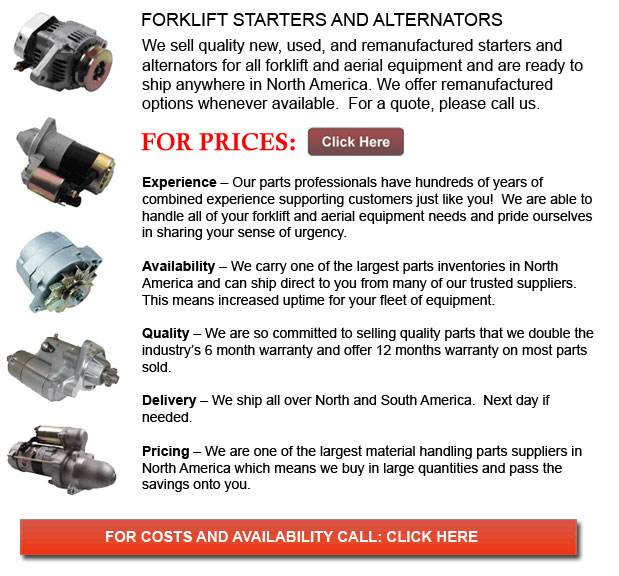
Forklift Starters and Alternators - The starter motor nowadays is usually either a series-parallel wound direct current electric motor that has a starter solenoid, which is similar to a relay mounted on it, or it can be a permanent-magnet composition. Once current from the starting battery is applied to the solenoid, basically through a key-operated switch, the solenoid engages a lever that pushes out the drive pinion which is situated on the driveshaft and meshes the pinion utilizing the starter ring gear which is seen on the engine flywheel.
When the starter motor begins to turn, the solenoid closes the high-current contacts. As soon as the engine has started, the solenoid has a key operated switch that opens the spring assembly in order to pull the pinion gear away from the ring gear. This particular action causes the starter motor to stop. The starter's pinion is clutched to its driveshaft by an overrunning clutch. This allows the pinion to transmit drive in just a single direction. Drive is transmitted in this method through the pinion to the flywheel ring gear. The pinion continuous to be engaged, for example as the driver fails to release the key when the engine starts or if there is a short and the solenoid remains engaged. This causes the pinion to spin separately of its driveshaft.
The actions mentioned above will stop the engine from driving the starter. This significant step prevents the starter from spinning really fast that it could fly apart. Unless adjustments were done, the sprag clutch arrangement would stop making use of the starter as a generator if it was used in the hybrid scheme mentioned prior. Normally an average starter motor is intended for intermittent utilization that will preclude it being used as a generator.
Therefore, the electrical components are intended to function for around less than 30 seconds to avoid overheating. The overheating results from very slow dissipation of heat due to ohmic losses. The electrical parts are intended to save cost and weight. This is truly the reason nearly all owner's manuals intended for automobiles suggest the operator to pause for a minimum of 10 seconds right after every ten or fifteen seconds of cranking the engine, whenever trying to start an engine which does not turn over immediately.
The overrunning-clutch pinion was introduced onto the marked in the early 1960's. Before the 1960's, a Bendix drive was used. This drive system works on a helically cut driveshaft that has a starter drive pinion placed on it. As soon as the starter motor starts turning, the inertia of the drive pinion assembly allows it to ride forward on the helix, thus engaging with the ring gear. As soon as the engine starts, the backdrive caused from the ring gear allows the pinion to go beyond the rotating speed of the starter. At this moment, the drive pinion is forced back down the helical shaft and hence out of mesh with the ring gear.
The development of Bendix drive was developed in the 1930's with the overrunning-clutch design called the Bendix Folo-Thru drive, made and introduced in the 1960s. The Folo-Thru drive has a latching mechanism together with a set of flyweights within the body of the drive unit. This was better in view of the fact that the standard Bendix drive utilized in order to disengage from the ring once the engine fired, though it did not stay functioning.
The drive unit if force forward by inertia on the helical shaft as soon as the starter motor is engaged and starts turning. Then the starter motor becomes latched into the engaged position. When the drive unit is spun at a speed higher than what is achieved by the starter motor itself, for instance it is backdriven by the running engine, and after that the flyweights pull outward in a radial manner. This releases the latch and allows the overdriven drive unit to become spun out of engagement, hence unwanted starter disengagement can be avoided before a successful engine start.
![]() Click to Download the pdf
Click to Download the pdf
Forklift Parts
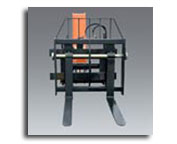
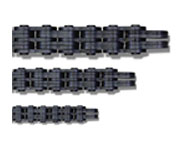
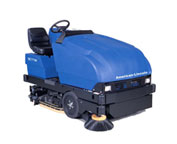
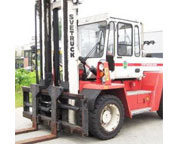
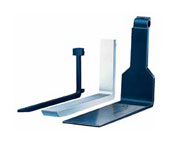
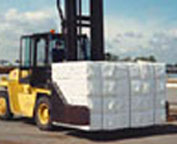
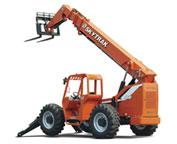
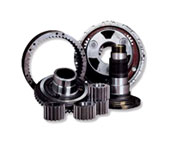
Lift Parts Express
TOLL FREE: 1-888-695-7994
St. Louis, Missouri
forkliftpartsstlouis.com
Email Us
About Us


